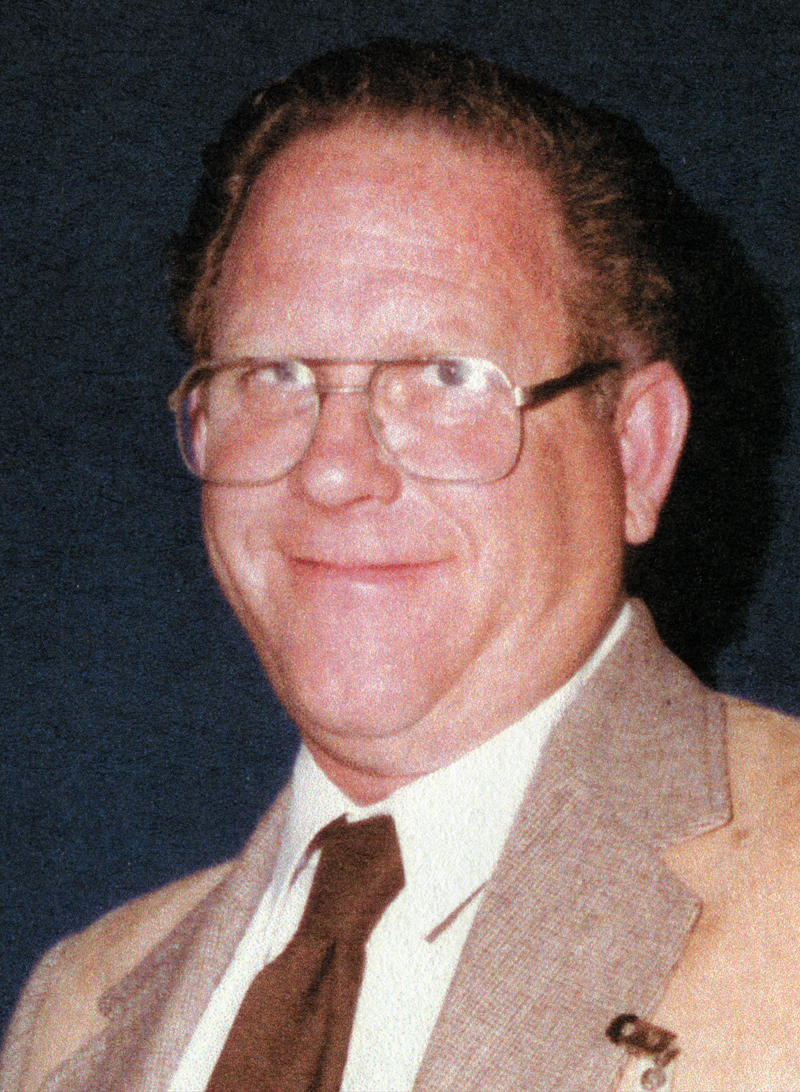|
|
Saugus, California

Click image to enlarge February 1988 — Morning gridlock at 7:40 a.m. on Bouquet Canyon Road just north of Newhall Ranch Road, looking north (at southbound traffic). The stoplight is Bouquet and Espuella. The billboard in the distance beyond it advertises new Mountainview homes at the top of Seco Canyon, originally planned by Paragon Homes as a 1,600-home community. Throughout the 1980s, the Santa Clarita Valley experienced rapid residential growth as the County of Los Angeles approved several dense housing projects — e.g., the Jake's Way area of Canyon Country and Plum Canyon in Saugus — without providing adequate infrastructure, such as roads and parks. The lack of infrastructure, as experienced in the resulting "gridlock," was a principal reason residents voted in favor of forming their own city in November 1987. The photographer, Gary Thornhill, presented this photograph and others to Councilman Carl Boyer III at one of the first meetings (actually about the sixth meeting) of the City Council in February 1988, two months after the city incorporated, to help the new council visualize and address the problem (see Boyer 2005:143).
GT8802c: 19200 dpi jpeg from original photograph by Gary Thornhill. |
The site owner makes no assertions as to ownership of any original copyrights to digitized images. However, these images are intended for Personal or Research use only. Any other kind of use, including but not limited to commercial or scholarly publication in any medium or format, public exhibition, or use online or in a web site, may be subject to additional restrictions including but not limited to the copyrights held by parties other than the site owner. USERS ARE SOLELY RESPONSIBLE for determining the existence of such rights and for obtaining any permissions and/or paying associated fees necessary for the proposed use.



